- No products in the cart.
Glidiab tab 80mg 60 pc
$2.75
Glidiab tab 80mg 60 pc
Description
Composition
Active substance:
1 tablet contains: gliclazide in terms of 100% substance – 80 mg ;.
Excipients:
Lactose monohydrate 23.44 mg microcrystalline cellulose 32 mg potato starch 13.43 mg hypromellose 2.33 mg magnesium stearate 1.6 mg talc 0.8 mg sodium carboxymethyl starch 6.4 mg.
Description:
Tablets white or yellowish white, or color kremovatam, Valium, with a facet.
Product form:
Tablets of 80 mg.
10 tablets in blisters. 6 the contour of cellular packages together with instructions for use in a stack of cardboard.
Contraindications
Hypersensitivity, type 1 diabetes, diabetic ketoacidosis, diabetic coma and precoma, severe hepatic and / or renal failure, concomitant therapy miconazole, pregnancy, lactation, age 18, lactase deficiency, lactose intolerance, glucose-galactose malabsorption.
Carefully
Old age, irregular and / or unbalanced diet, severe diseases of the cardiovascular system (including ischemic heart disease, atherosclerosis), hypothyroidism, adrenal or pituitary insufficiency, hypopituitarism, renal and / or hepatic insufficiency, chronic treatment with corticosteroids, alcoholism , deficiency of glucose-6-phosphate dehydrogenase, concomitant therapy phenyl butazonom and danazol.
Dosage
80 mg
Indications
Type 2 diabetes in adults (with the ineffectiveness of diet and exercise).
Interaction with other drugs
Enhances the action of anticoagulants (warfarin), may require a dosage adjustment anticoagulant.
Miconazole (when administered systemically and by using a gel to the oral mucosa) enhances hypoglycemic effect of the drug (perhaps up to hypoglycaemia coma state).
Phenylbutazone (systemic administration) enhances hypoglycemic effect of the drug (displaces from its association with plasma proteins and / or retards elimination from the body), need to control blood glucose levels and dose adjustment gliclazide as phenylbutazone during reception, and after the cancellation.
Ethanol and etanolsoderzhaschie medicines contribute hypoglycaemia by inhibiting compensatory reactions can promote the development of hypoglycemic coma. When simultaneous administration with other hypoglycemic drugs (insulin, acarbose, biguanides), beta-blockers, fluconazole, inhibitors of angiotensin converting enzyme (ACE) inhibitors (captopril, enalapril), H2 histamine receptor blockers (cimetidine), inhibitors of monoamine oxidase (MAO), sulfonamides and non-steroidal anti-inflammatory drugs – increased hypoglycemic effect and the risk of hypoglycemia.
Danazol – diabetogenic effect. Necessary to monitor blood glucose levels and adjust dose of gliclazide as while taking danazol and after its cancellation.
Chlorpromazine at high doses (over 100 mg / d) increases the amount of glucose in the blood, reducing insulin secretion. Necessary to monitor blood glucose levels and adjust dose of gliclazide as while taking chlorpromazine, and after its cancellation. Glucocorticosteroids (systemic, intra-articular, topical, rectal application) increased blood glucose content with the possible development of ketoacidosis (reduced tolerance to carbohydrates). Necessary to monitor blood glucose levels and adjust dose of gliclazide as while taking corticosteroids and after their withdrawal.
Ritodrine, salbutamol, terbutaline (w / introduction) – increase of blood glucose content.
Recommended blood glucose control and, if necessary, – the patient’s transfer to insulin therapy.
Overdose
Symptoms of hypoglycemia, impairment of consciousness, hypoglycemic coma.
Treatment: If the patient is conscious, take sugar by mouth; in the disorder of consciousness – in / in a 40% dextrose solution, then / drip in a solution of 5% dextrose to a concentration of glucose in the blood of 5.55 mol / L, 2.1 mg of glucagon / m, the control of blood glucose concentration every 15 minutes, and determination of pH, urea, creatinine, and electrolytes in the blood. After recovery of consciousness is necessary to give the patient foods rich in carbohydrate (in order to avoid a recurrence of hypoglycemia). Cerebral edema – mannitol and dexamethasone. Dialysis is ineffective.
pharmachologic effect
Pharmacological group:
Hypoglycemic agent for oral administration group II generation sulfonylureas.
Pharmacodynamics:
Oral hypoglycemic agent, II-generation sulfonylurea derivative.
It stimulates the secretion of insulin by the pancreas, increases insulinosekretornoe effect of glucose and peripheral tissue sensitivity to insulin. It stimulates the activity of intracellular enzymes – muscle glycogen. It reduces the time interval from the time the meal prior to the secretion of insulin. Restores the early peak of insulin secretion (as distinct from other derivatives of sulfonylureas, e.g., glibenclamide, which affect mainly during the second stage of secretion). Besides effects on carbohydrate metabolism, influences the microcirculation. Reduces postprandial hyperglycemia decreases platelet adhesion and aggregation, retards the development of membrane thrombosis, normalizes vascular permeability and prevents the development of atherosclerosis and mikrotromboza, restores the physiological process of membrane fibrinolysis counteracts increased vascular response to epinephrine at microangiopathies. Slows the progression of nonproliferative diabetic retinopathy stage; diabetic nephropathy amid long application noted a significant decrease in proteinuria. It does not increase body weight, as has predominant effects on early peak insulinosekretsii and does not cause hyperinsulinemia; It helps to reduce body weight in obese patients, subject to an appropriate diet. It possesses anti-atherogenic properties, lowers total cholesterol concentrations in the blood.
Pharmacokinetics:
Absorption – high. After oral administration of 80 mg of the period to reach maximum concentration – 4 hours maximum plasma concentration – 2,2-8 pg / ml. Communication with plasma proteins – 85-97%, volume of distribution – 0.35 L / kg. The equilibrium concentration in plasma reached in 2 days. The half – Meta boliziruetsya 8-20 hours in the liver, forming metabolites 8.. The amount of basic metabolites occurring in the blood – 2-3% of the total amount of the drug taken, it does not have hypoglycemic properties, however, has influence on the microcirculation. Excreted by the kidneys – 70% as metabolites, less than 1% in an unmodified form; intestine – 12% in the form of metabolites.
Conditions of supply of pharmacies
On prescription.
side effects
Hypoglycaemia (in violation of the dosing and inadequate diet): headache, fatigue, hunger, sweating, severe weakness, palpitations, arrhythmia, increased blood pressure, somnolence, insomnia, agitation, aggression, anxiety, irritability, poor concentration, inability to concentrate and slow reaction, depression, blurred vision, aphasia, tremor, paresis, sensory disturbances, dizziness, helplessness, loss of self-control, delirium, su roads, shallow breathing, bradycardia, unconsciousness, coma.
From the digestive system: dyspepsia (nausea, vomiting, diarrhea, abdominal pain, constipation) – The expression is reduced when taking in a meal time; rarely – liver dysfunction (hepatitis, cholestatic jaundice – requires discontinuation of the drug, increased activity of “liver” transaminases, alkaline phosphatase).
From the side of hematopoiesis: suppression of bone marrow hematopoiesis (anemia, thrombocytopenia, leukopenia, granulocytopenia).
Allergic reactions: itching, hives, skin rash (including maculopapular and bullous) erythema.
Other: impaired vision.
Common side effects of sulfonylureas: erythropenia, agranulocytosis, hemolytic anemia, pancytopenia, allergic vasculitis; life-threatening liver failure.
special instructions
During the administration of the drug should be regularly determination of fasting blood glucose and glycosylated hemoglobin.
Major surgery and trauma, extensive burns, infectious diseases with febrile syndrome may require cancellation of oral hypoglycemic drugs and insulin destination.
Patients should be warned about the increased risk of hypoglycaemia in case of reception of ethanol and ethanol-containing drugs (including development disulfiramopodobnyh reactions: abdominal pain, nausea, vomiting, and headache), non-steroidal anti-inflammatory drugs during starvation.
Need dose adjustment in case of physical and emotional strain, a change of diet.
Typically, hypoglycemia symptoms disappear after a meal rich in carbohydrates (e.g., sugar) sweeteners reception does not contribute to the elimination of hypoglycemic symptoms.
Hypoglycaemia may recur despite effective initial relief.
In the case where hypoglycaemic symptoms are pronounced or are prolonged, even in case of temporary improvement after ingestion of food rich in carbohydrates, necessary emergency medical assistance, up to hospitalization.
Particularly sensitive to hypoglycemic drugs elderly patients who do not receive a balanced diet, with a total weakened condition, patients suffering from pituitary-adrenal insufficiency. Clinical manifestations of hypoglycemia may be masked when taking beta-blockers, clonidine, reserpine, guanethidine. Perhaps the development of secondary drug resistance (to be distinguished from primary, at which the drug already at the first assignment gives the expected clinical effect).
During the period of treatment must be careful when driving and occupation of other potentially hazardous activities that require high concentration and psychomotor speed reactions.
Storage conditions
Store in a dry, dark place at a temperature not higher than 25 ° C.
Keep out of the reach of children.
Dosing and Administration
Inside, at mealtime, the initial daily dose – 80 mg, the average daily dose – 160 320 mg (per 2 doses – in the morning and evening). The magnitude of the dose depends on the age, severity of diabetes, fasting blood glucose concentration and 2 hours after eating.
Elderly patients or patients with chronic renal failure, mild and moderate severity (creatinine clearance – 15-80 ml / min), the drug administered in the same doses.
Information
Appearance may differ from that depicted in the picture. There are contraindications. You need to read the manual or consult with a specialist
Additional information
| Weight | 0.100 kg |
|---|---|
| Manufacturer | QUINACRINE |

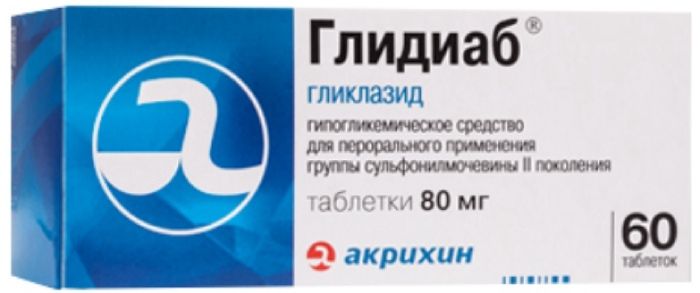
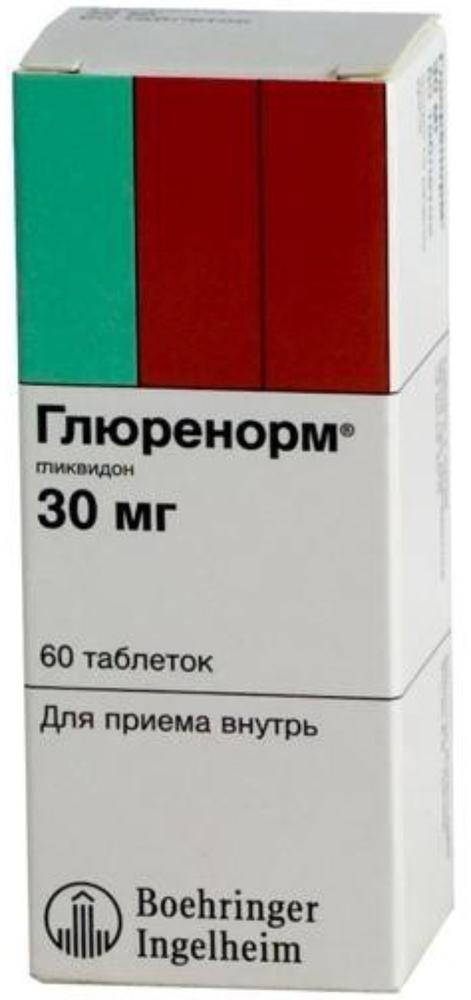
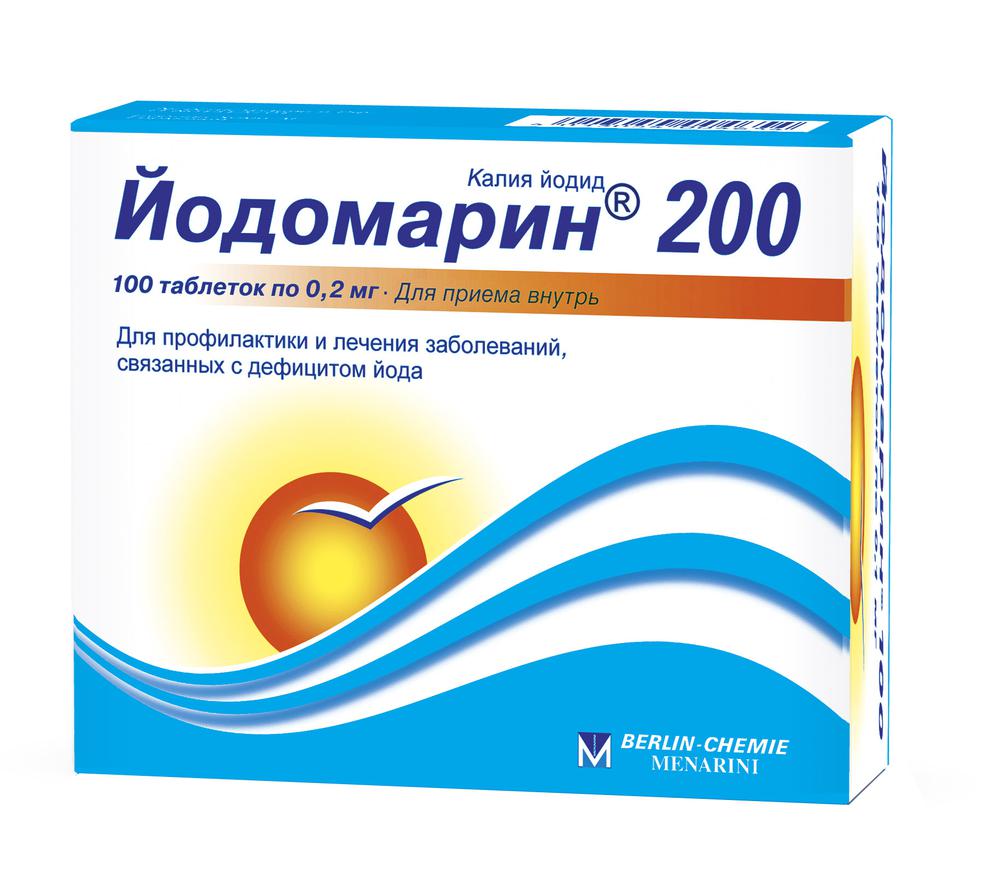
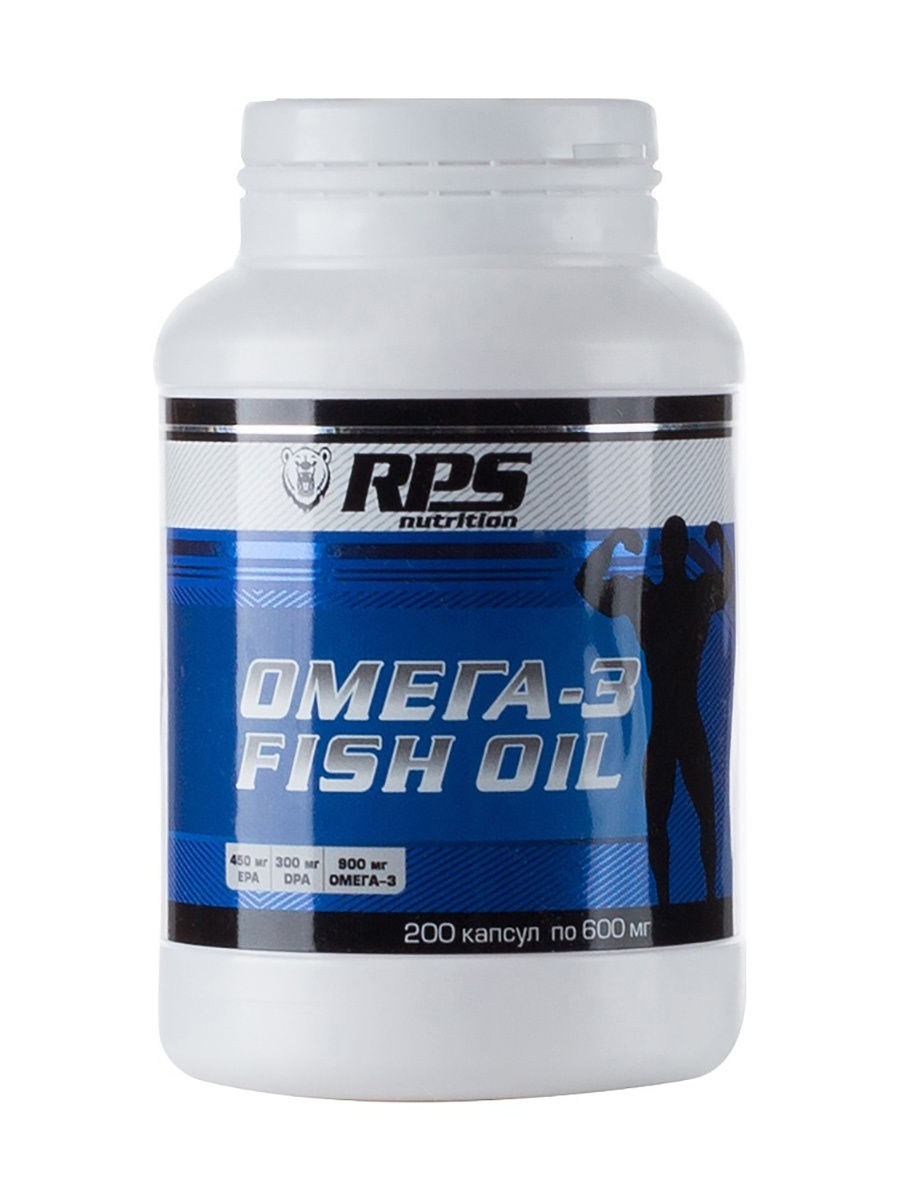
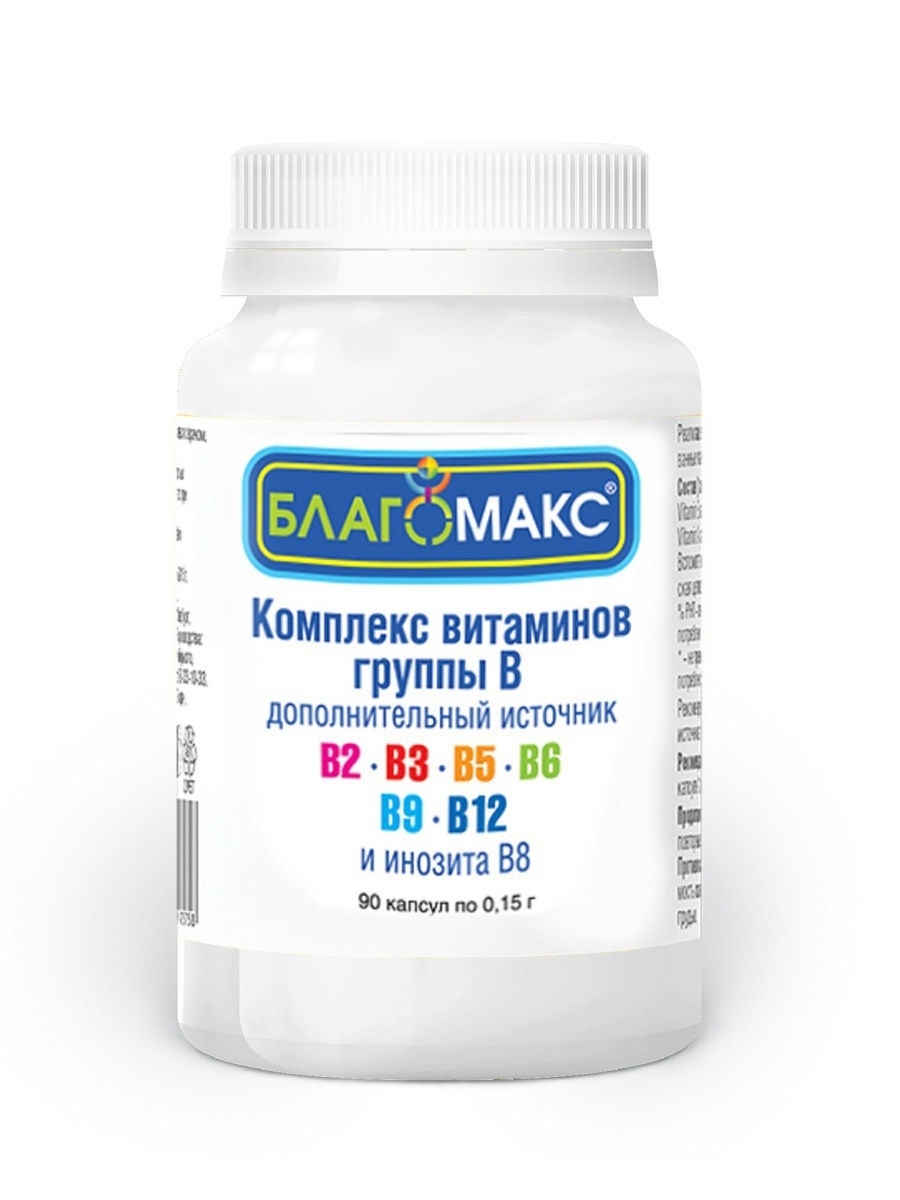

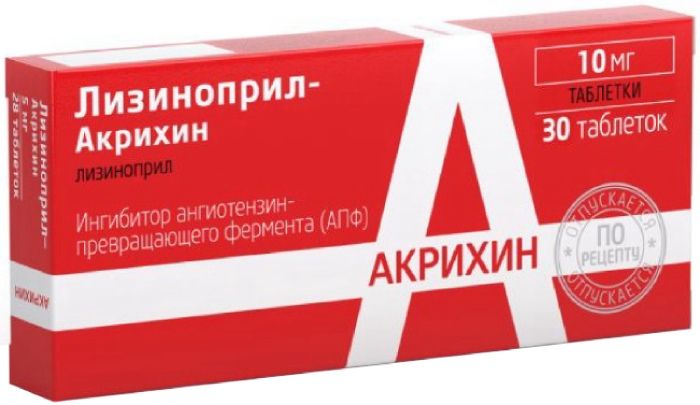
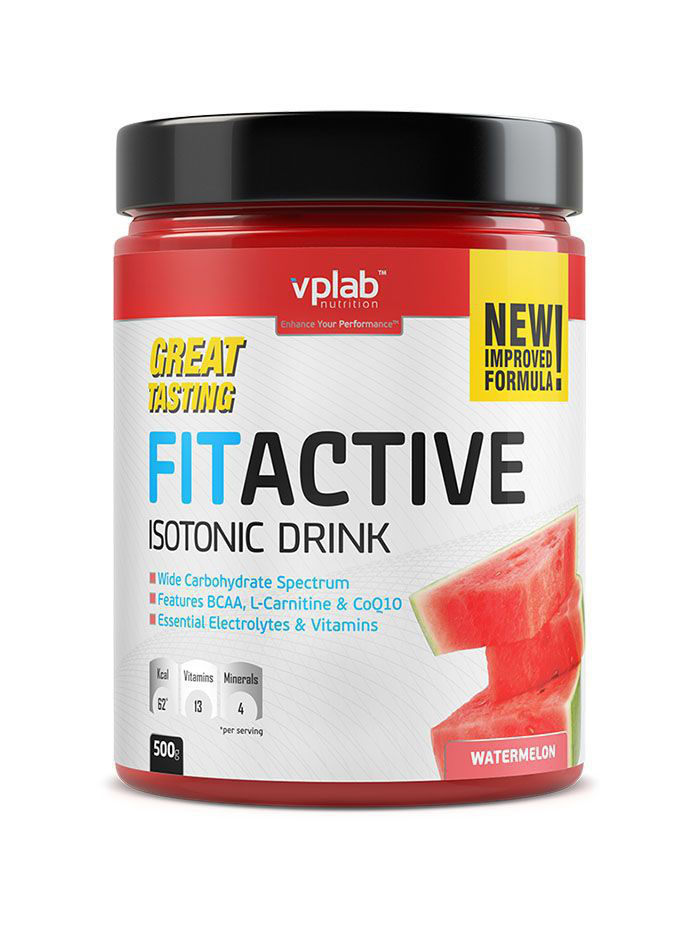




There are no reviews yet.